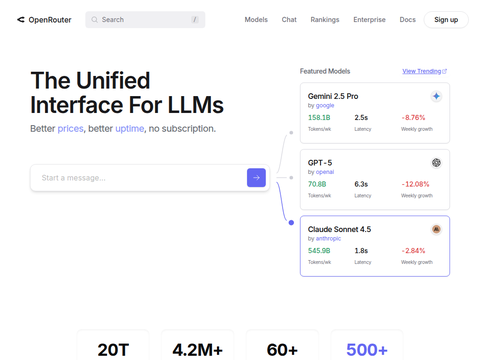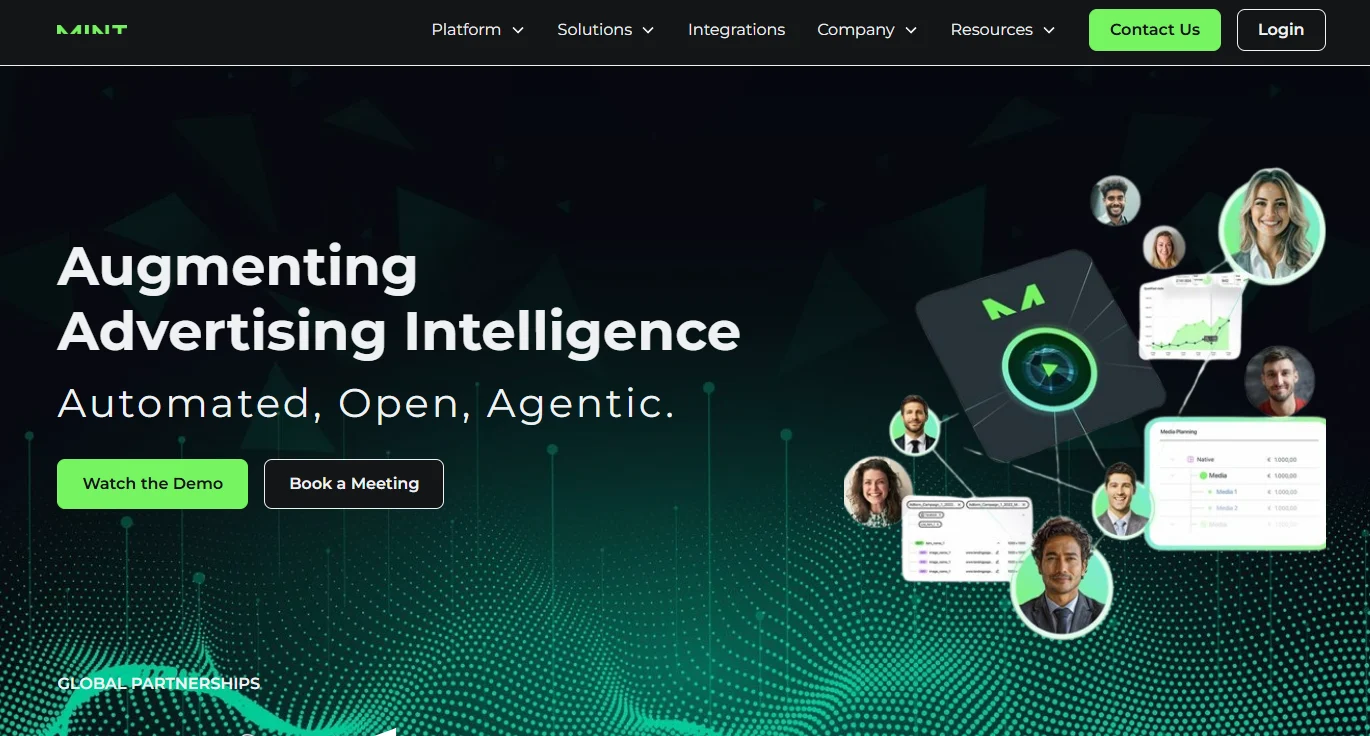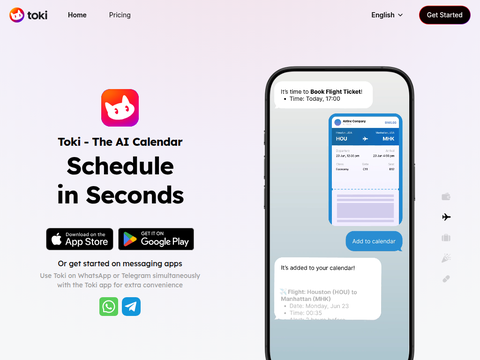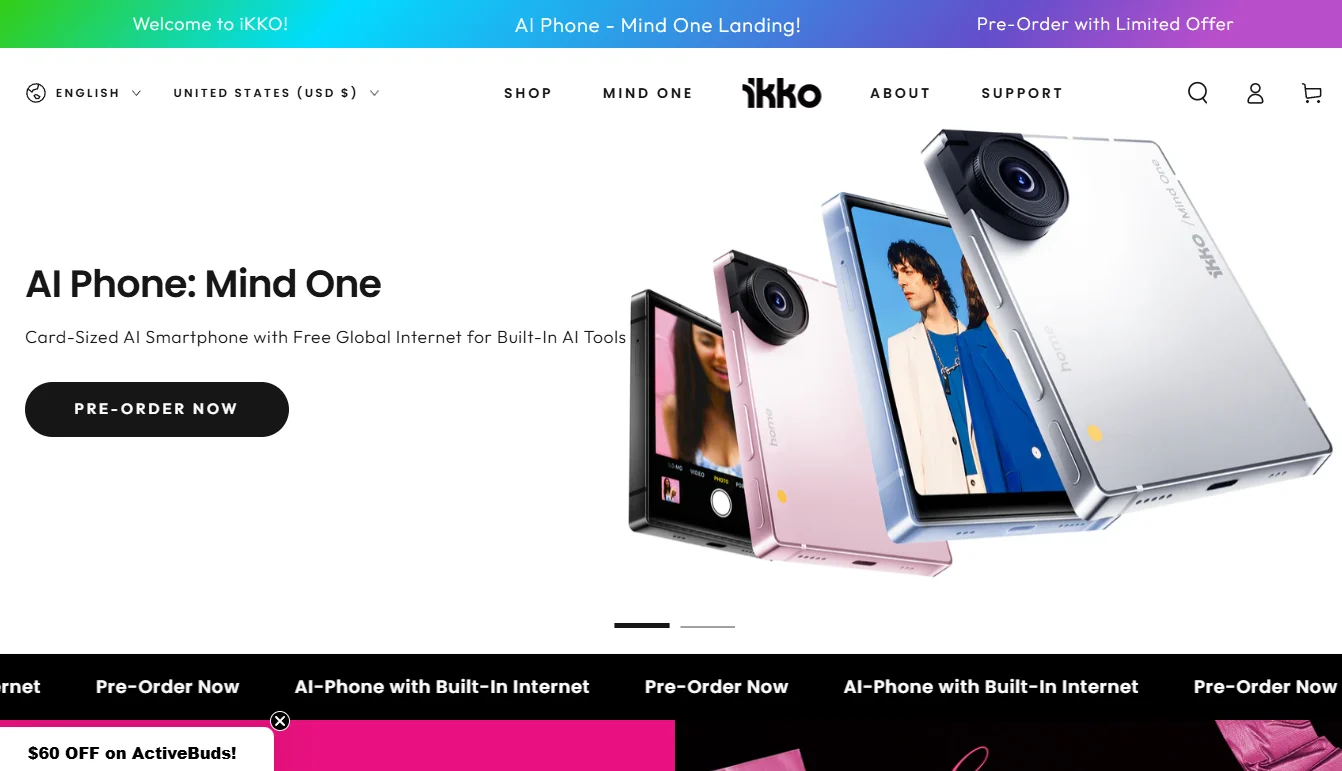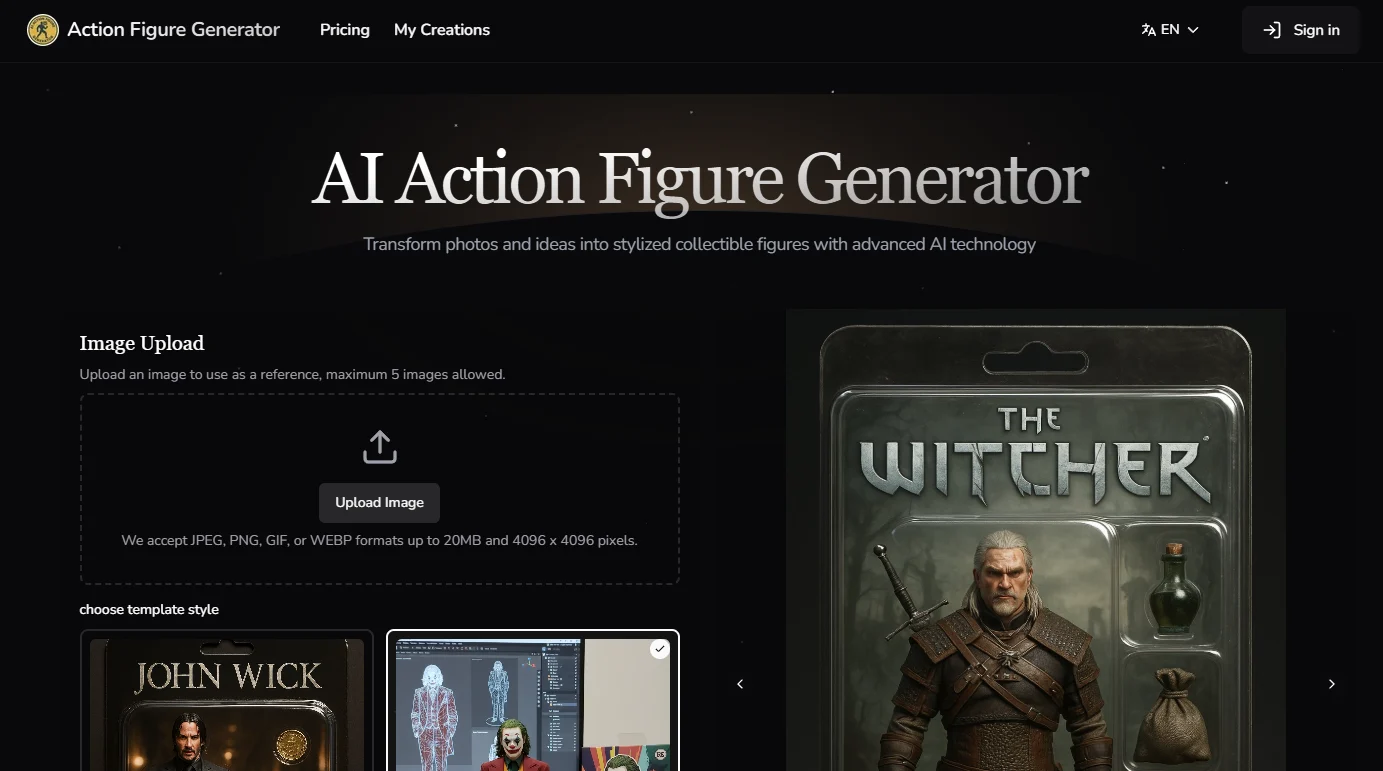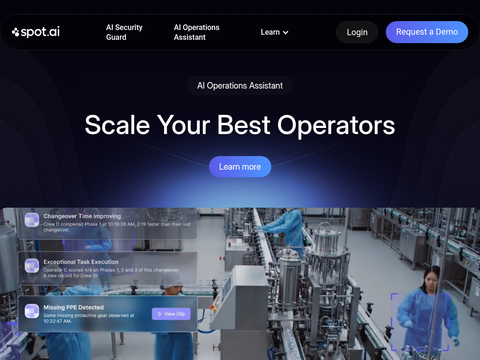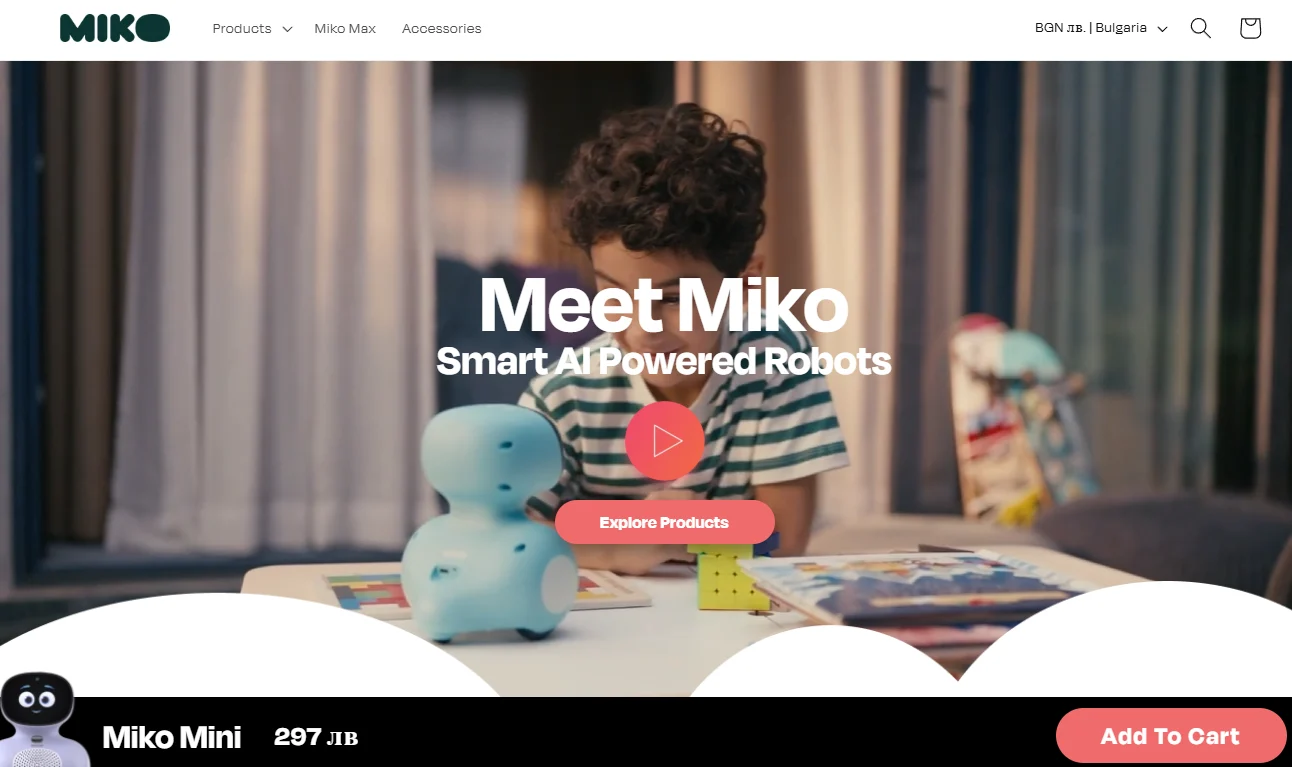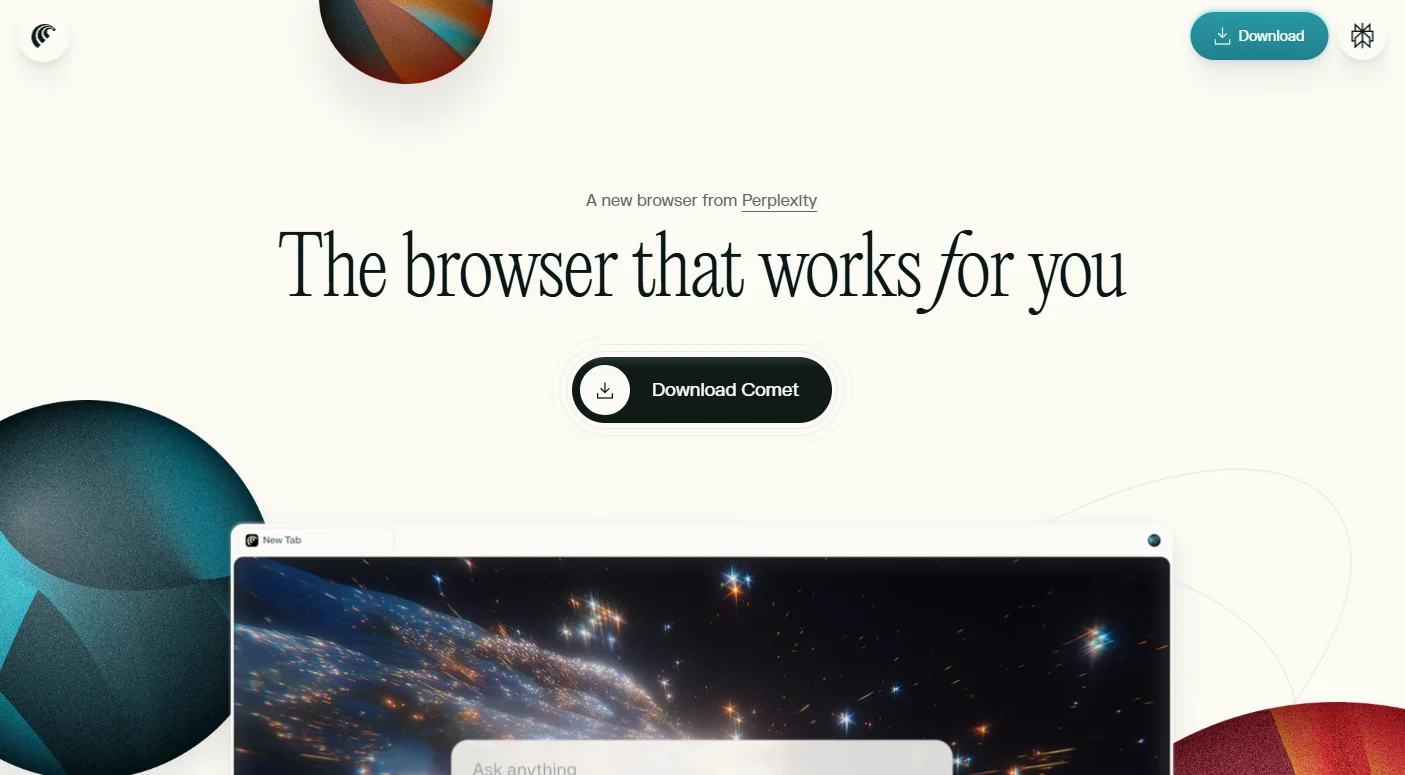Light Field Lab's SolidLight holographic and volumetric 3D display technology is designed to create captivating visuals for the future. This next-generation display solution will be utilized by major enterprises to produce a variety of holographic images and animations. By integrating multiple display panels, the system can modulate 10 billion pixels per square meter.
Last year, Light Field Lab, based in San Jose, California, secured $50 million in new funding. This brings their total capital raised since inception to $85 million, including the previous $35 million. The company showcased an alien animation demo produced in collaboration with the Search for Extraterrestrial Intelligence (SETI) organization. In the demo, visitors entered the company headquarters and experienced a simulation of a secret government facility reminiscent of Area 51. They navigated through a secret briefing room behind a faux bookshelf and an elevator leading to an underground research area, immersing themselves in an extraterrestrial contact project. During the demonstration, SolidLight technology created multi-plane floating objects in the air, utilizing a display capacity of 100 million pixels per square meter.
The researchers opened a portal to another planet, where an alien engaged in conversation and handed visitors a seemingly floating black cube in the air. This cube is actually a holographic animation, allowing the 3D object to be viewed from multiple angles as if one could reach out and grasp it.
SolidLight's holographic installations can be customized according to client requirements, equipped with a range of media servers to create fully realized holographic objects. Meanwhile, the SolidLight Volumetric 3D system is now available for pre-order, with deliveries expected to begin in 2025. These systems are driven by a single computer, capable of forming multiple planes within the holographic volume.
This technology assembles holographic images by combining smaller sub-modules that generate holograms. A large number of these modules working together can produce images with 1 billion pixels per square meter. The system avoids issues such as head tracking, motion sickness, or display lag. To create content, the team integrates Unreal Engine technology with Maya tools. This approach requires substantial graphics processing units (GPUs) and support from AI data center technologies.
Founded in 2017 by Jon Karafin, Brendan Bevensee, and Ed Ibe, Light Field Lab aims to realize a holographic future leveraging the team's collective expertise in light field technology. Low-bandwidth models are expected to enter the market by 2025, with more ambitious projects slated for launch within the next three to five years.

